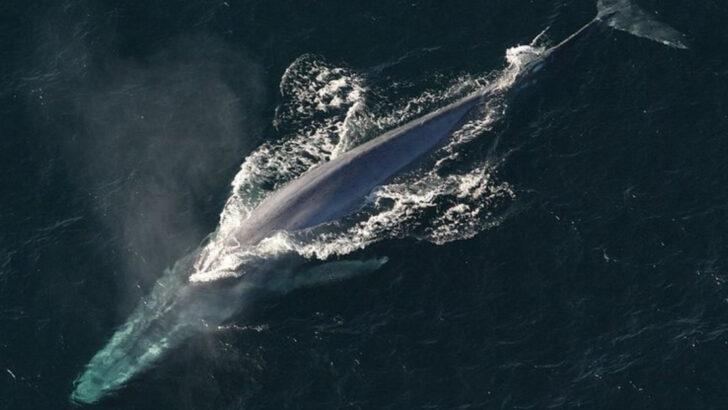The largest blue whale ever documented off the U.S. East Coast is a true marvel, a living giant that continues to captivate our imagination.
At over 100 feet long, this colossal creature defies belief, embodying the awe-inspiring power and grace of the ocean.
Marine biologists and enthusiasts alike are mesmerized by its massive size and mysterious habits, yet there’s so much more to discover.
Join us as we explore 11 fascinating details about this extraordinary whale, from its behavior to the secrets of its vast oceanic home. Get ready to be awestruck by one of nature’s most incredible wonders.
Record-Breaking Size
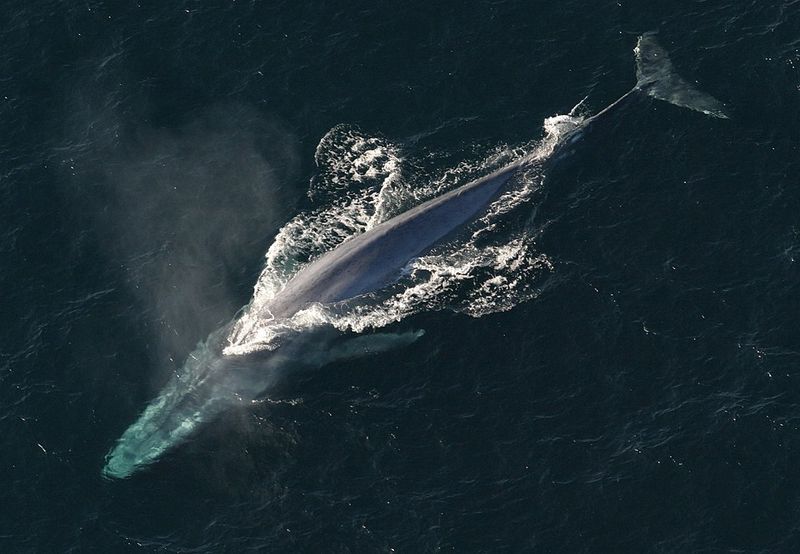
Imagine an animal so large, it dwarfs buses and airplanes. The largest blue whale recorded on the U.S. East Coast measured an astounding 108 feet in length.
To put it in perspective, that’s about the length of three school buses lined up end to end. This magnificent creature weighs up to 200 tons, a true giant of the ocean. Its immense size is not only awe-inspiring but also signifies the rich ecosystem it inhabits.
Observing such a behemoth in its natural habitat is a once-in-a-lifetime experience for marine biologists and whale watchers alike.
Unique Coloring Patterns
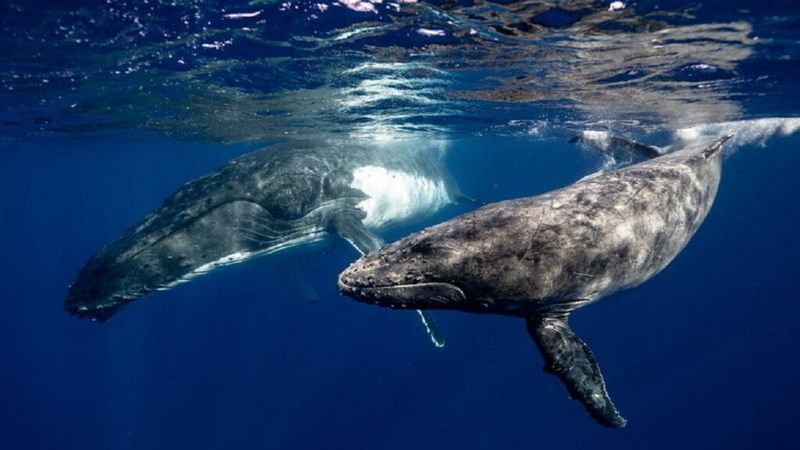
Blue whales are known for their stunning blue-gray coloration, but did you know each one has unique patterns? The largest blue whale off the East Coast is no exception, featuring an intricate mosaic of light and dark patches across its skin.
These patterns are akin to fingerprints, allowing researchers to identify individual whales and track their movements. In the shimmering ocean, the subtle interplay of light on its skin adds an ethereal quality to its grandeur, making it a spectacle of nature’s artistry.
It’s a living canvas, painted by the waves and sun.
Dietary Habits
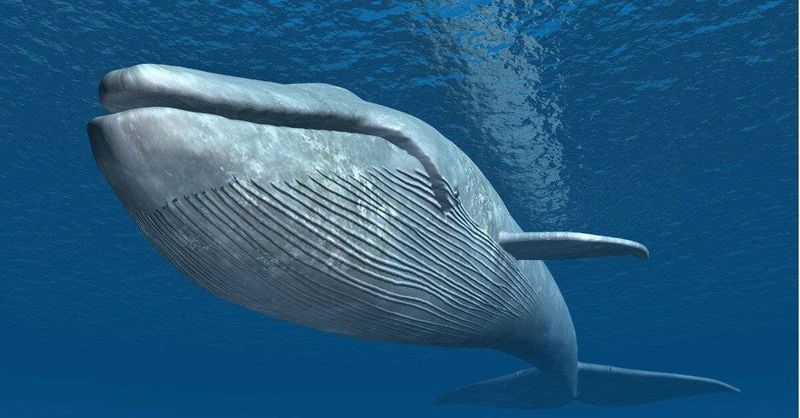
Despite its enormous size, the blue whale’s diet consists primarily of tiny shrimp-like creatures called krill. An adult blue whale can consume up to 4 tons of krill in a single day.
To witness this feeding process is truly mesmerizing, as the whale engulfs vast amounts of water and filters out its tiny prey with baleen plates. This incredible feeding mechanism is not only efficient but also a delicate balance in the marine ecosystem.
The spectacle of such a massive creature feeding on minuscule prey is a fascinating aspect of its existence.
Migratory Patterns
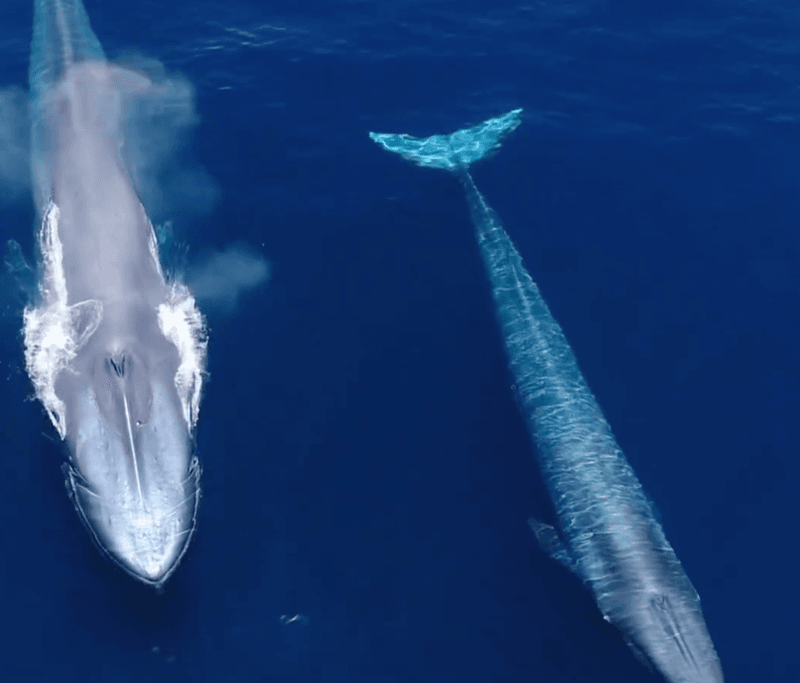
Blue whales embark on epic journeys across the oceans, migrating thousands of miles each year. The largest blue whale documented off the East Coast follows a seasonal migratory path from the cold, nutrient-rich waters of the Arctic to the warmer breeding grounds near the equator.
These migrations are crucial for their survival, providing access to abundant food sources and safe environments for calving. Understanding these patterns helps conservationists protect vital habitats along these routes.
The mystery and majesty of these migrations captivate scientists and nature enthusiasts alike.
Vocalization and Communication
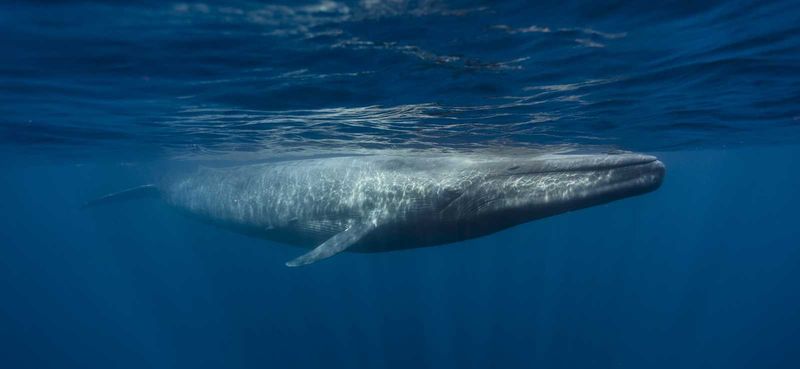
The blue whale is not only the largest animal but also one of the loudest. Its vocalizations can travel across entire ocean basins, serving as a form of long-distance communication.
These deep, resonating calls are essential for social interactions, navigation, and locating food. The largest blue whale off the U.S. East Coast has been recorded making these booming sounds, which can reach up to 188 decibels.
Such powerful vocalizations are a testament to the whale’s dominance in the underwater world, echoing through the ocean like a symphony.
Calving and Reproduction
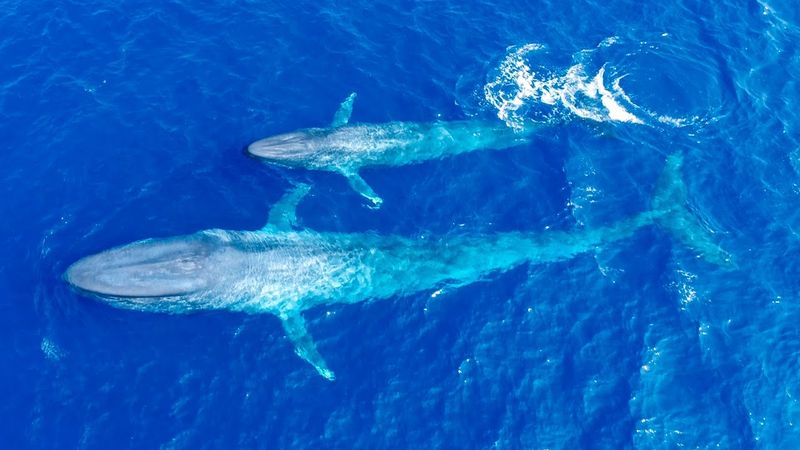
Blue whale calves are born into the world as the largest babies of any animal species. At birth, they measure about 25 feet in length and weigh up to 3 tons.
The nurturing relationship between a mother and her calf is crucial for the calf’s survival and development. Mothers produce rich milk, enabling rapid growth for their young.
The largest blue whale documented off the East Coast is believed to have raised several calves, contributing to the species’ continuity. This cycle of life is a beautiful illustration of nature’s perseverance.
Conservation Status
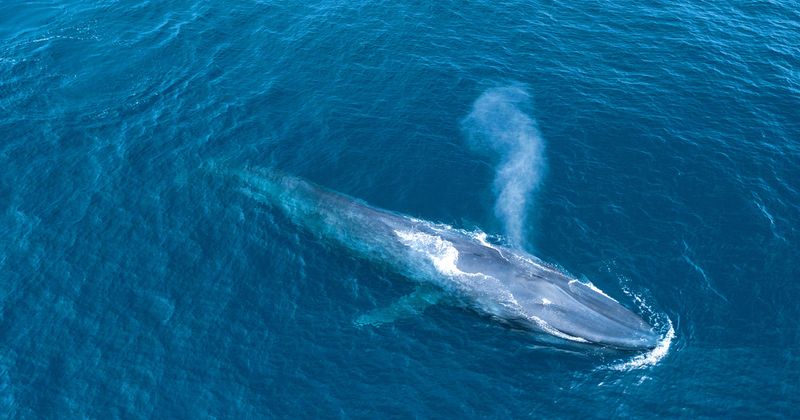
The blue whale’s journey to recovery is a remarkable conservation success story. Once on the brink of extinction due to commercial whaling, their numbers are slowly recovering thanks to international protection efforts.
The largest blue whale off the East Coast stands as a symbol of hope and resilience. Conservationists continue to monitor and implement strategies to protect these gentle giants from threats like ship strikes and climate change.
Their survival is a testament to the global commitment to preserving our planet’s biodiversity and the ocean’s majestic inhabitants.
Historical Significance
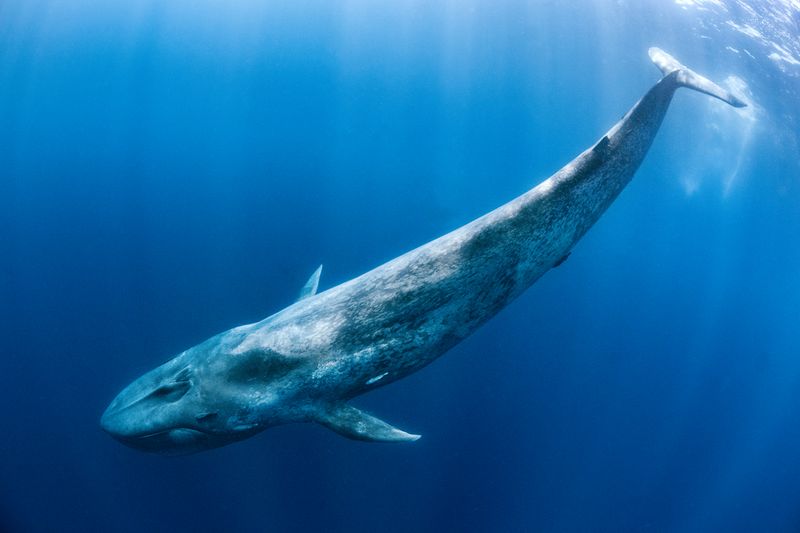
The historical relationship between humans and blue whales has been complex. During the 20th century, these majestic creatures were heavily hunted for their blubber and oil.
The largest blue whale documented off the U.S. East Coast serves as a poignant reminder of this era. Today, it symbolizes the shift from exploitation to conservation. Understanding this history is vital to appreciating current efforts to protect these animals.
The stories of past whaling expeditions, juxtaposed with modern conservation, highlight a profound evolution in our relationship with the natural world.
Adaptations to Deep Diving
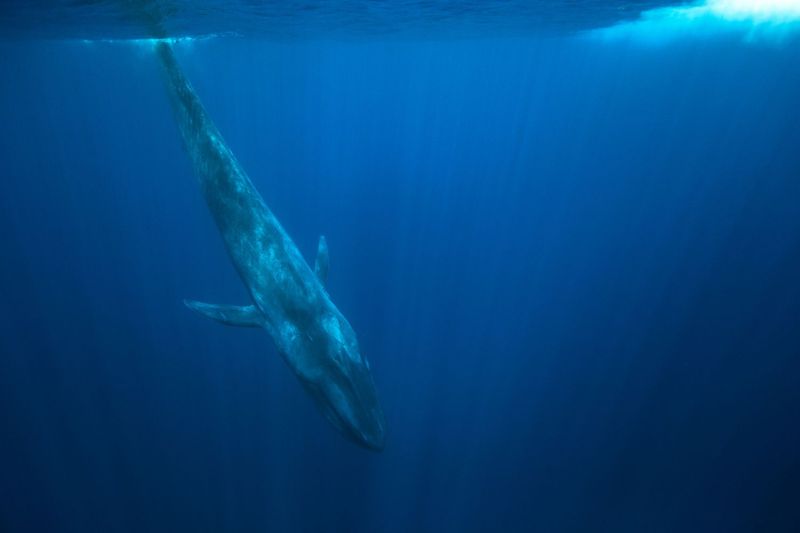
Blue whales are incredible divers, adapted to venture deep into the ocean. Their large lungs allow them to hold their breath for up to 90 minutes. The largest blue whale off the East Coast showcases these adaptations with grace.
When diving, their heart rate slows, and blood is shunted to vital organs. These physiological marvels enable them to explore the depths where prey is abundant.
Observing such a dive is like watching a ballet, a graceful plunge into the unknown, perfectly designed for life in the vast ocean.
Impact of Climate Change
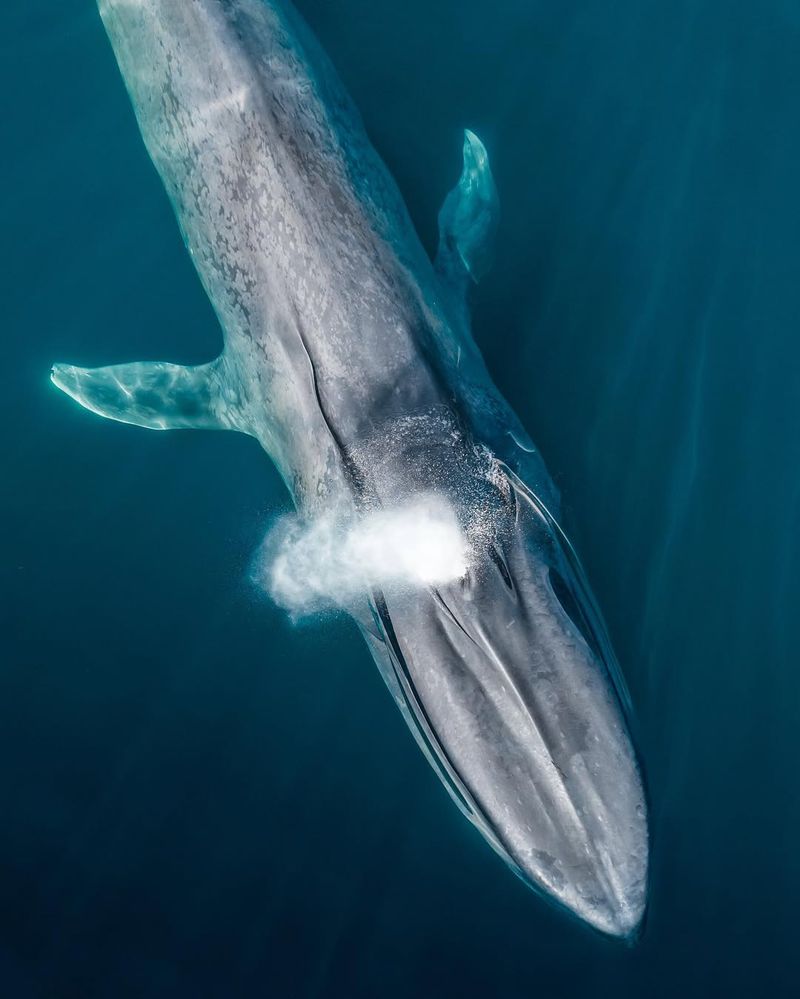
Climate change poses a growing threat to blue whales and their habitats. Rising ocean temperatures and melting polar ice affect the distribution of krill, the primary food source for these giants.
The largest blue whale off the U.S. East Coast faces these challenges, prompting researchers to study the impacts more closely. Understanding how climate change affects their feeding and migratory patterns is crucial for developing adaptive conservation strategies.
These magnificent creatures remind us of the delicate balance in nature and the urgent need to protect our planet.
Cultural Significance
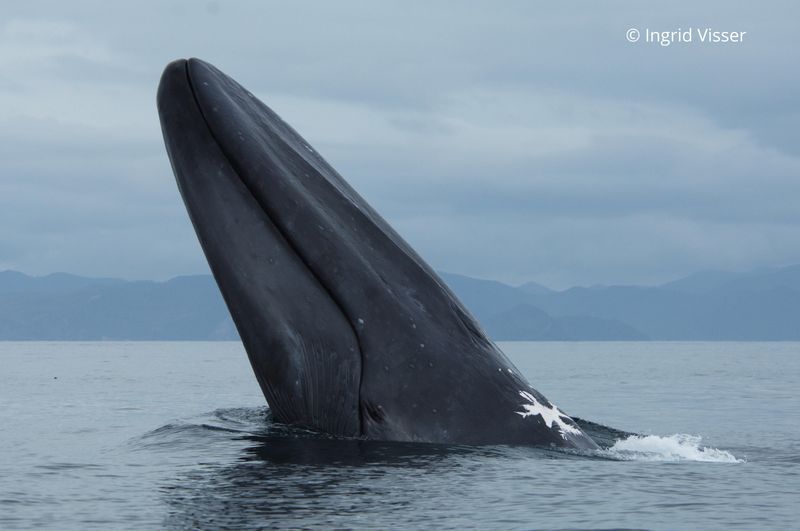
The blue whale holds a special place in the hearts and minds of coastal communities. It is often seen as a symbol of strength, hope, and the mysteries of the ocean.
The largest blue whale off the U.S. East Coast has inspired numerous works of art, literature, and local folklore. Its presence enriches cultural heritage, fostering a deeper connection between people and the sea.
This cultural significance emphasizes the importance of preserving such majestic creatures, not just for their ecological role but for their profound impact on human imagination.

